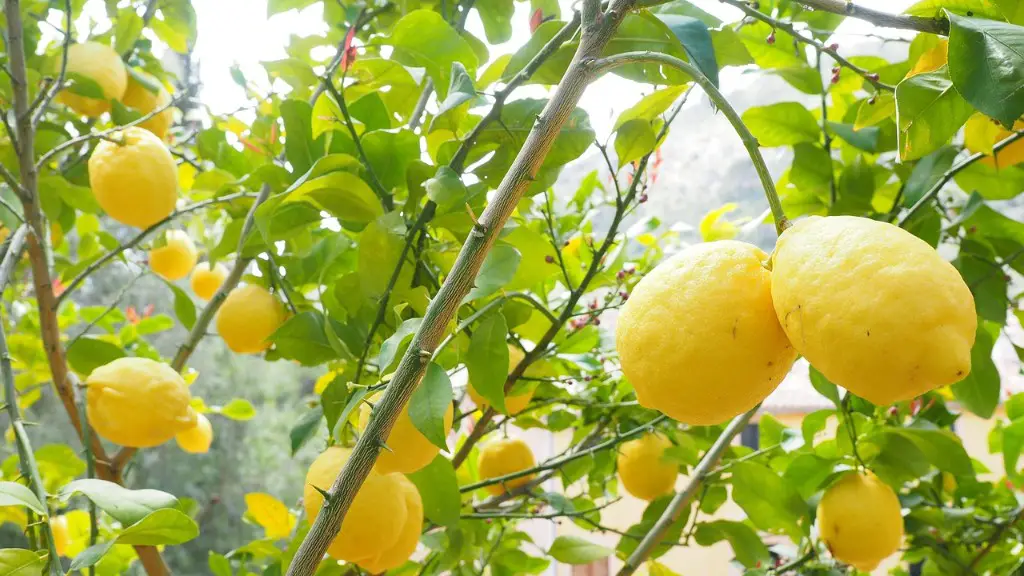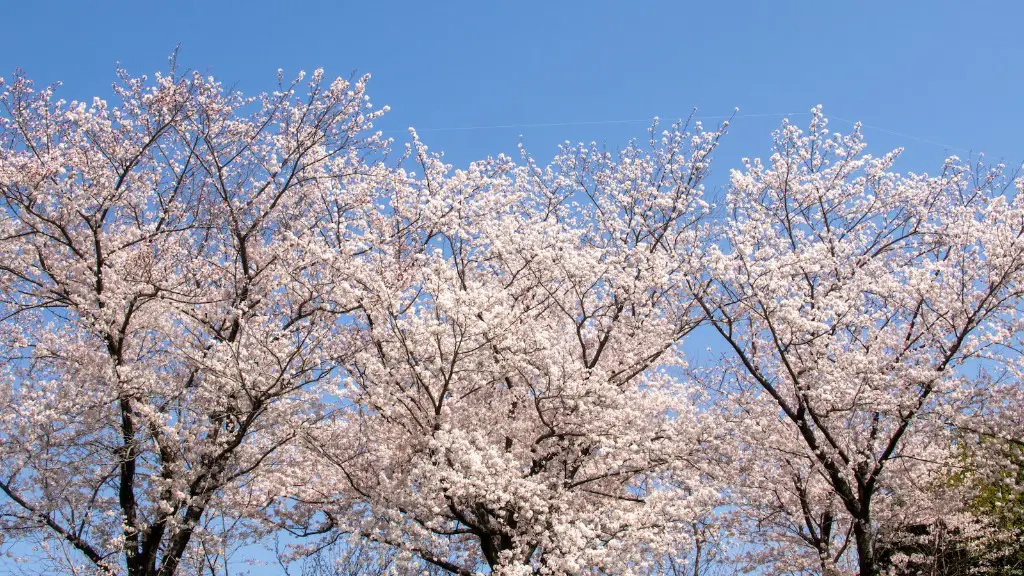Many of us have a palm tree in our environment, whether in our gardens or near our homes. Palm trees can be a beautiful addition to any landscape, but they can also become an annoying pest if left uncontrolled. Unfortunately, when it comes to getting rid of a palm tree, killing it is often the only option.
Killing a fan palm tree may be necessary in some cases in order to protect the surrounding environment or to prevent further damage. In this article, we will discuss the various ways in which you can kill a fan palm tree and provide some tips to make the process as easy and painless as possible.
The first step in killing a fan palm tree is to determine the best method for doing so. If the tree is relatively small, then the most effective method is to cut the tree down and treat the stump with a potent herbicide. Larger trees may require cutting them down and then using a chemical or physical approach such as pouring boiling water or boiling oil onto the exposed roots and stumps.
It is important to note that killing a fan palm tree is not without risks. If the tree is located in an area with other plants, then they may be affected by the herbicide or other chemicals used to kill the tree. Therefore, it is important to be mindful of the potential environmental impacts of killing the tree and to take extra precautions to minimize these impacts.
Another important consideration is the amount of labor and time involved in killing a fan palm tree. Depending on the size of the tree, it may take quite a bit of effort and time to cut it down and then properly treat the stump with herbicides. Therefore, it is important to carefully weigh the benefits and risks of killing a fan palm tree before making a decision.
Choosing the Right Herbicides
Herbicides are one of the most effective ways to kill a fan palm tree. It is important to choose a herbicide that is specifically formulated to target palm trees. Additionally, the right herbicide should be applied correctly and as instructed in order to be effective. It is also important to ensure that any chemical used to kill the tree is labeled as safe for use in the environment, as some chemical agents can be toxic to other plants and animals.
If the tree is located in a public area, then it is important to obtain permission from the local authorities before beginning treatment with any chemicals. Additionally, it is a good idea to research the local laws regarding herbicide use to ensure that you are complying with all applicable regulations.
It is also important to note that certain herbicides may be more effective in killing certain species of palm tree. Therefore, it is important to research the exact species of the tree before attempting to kill it and to consult with an expert to determine the best herbicide for the task.
Physical Methods of Killing a Fan Palm Tree
Some people may prefer not to use chemicals in order to kill a fan palm tree. In these cases, there are a variety of physical methods that can be used to kill the tree. One of the most common physical methods is to cut the tree down and then either burn the stump or apply a boiling oil or boiling water solution to the exposed roots and stumps.
It is important to note that physical methods of killing a fan palm tree can be quite labor-intensive and time-consuming. Additionally, it is important to ensure that all safety precautions are taken to protect yourself and those around you, as these methods can be dangerous. Therefore, it is a good idea to consult with an expert before attempting to kill a fan palm tree in this manner.
Another physical method of killing a fan palm tree is to dig out the tree’s root system. This can be an extremely laborious task, as it requires excavating the ground around the tree and then carefully removing the root system. Additionally, it can be difficult to completely remove the root system and in some cases, the tree may re-sprout from the remaining root system.
Cutting Down the Tree
Cutting down the tree is often the most expedient way of killing a fan palm tree. If the tree is relatively small, then it may be possible to cut it down with a handsaw or pruning saw. For larger trees, it may be necessary to employ the services of a professional tree removal service or to rent tree-cutting equipment.
It is important to remember that cutting down a fan palm tree without proper precautions can be dangerous. Therefore, it is important to use the correct safety equipment such as goggles, gloves and long trousers. Additionally, it is important to ensure that the area around the tree is well-cleared of any debris or other objects that could become hazardous during the cutting process.
In addition to the above methods, there are a variety of other ways to kill a fan palm tree. In some cases, it may be possible to dig up the tree and relocate it to a more appropriate setting. Additionally, it may be possible to smother the roots with a thick layer of mulch or heavy-duty plastic sheeting. Finally, some people have reported success in killing a fan palm tree by pruning it severely and then allowing it to slowly die over time.
Avoiding Re-Sprouting
It is important to note that even after killing a fan palm tree, it may still be possible for the tree to re-sprout. In these cases, it is important to use extra caution when attempting to kill the tree for a second time. In some cases, it may be necessary to use a stronger herbicide or physical treatment in order to completely eliminate the tree.
Overall, killing a fan palm tree can be a tricky task. In order to achieve the best results, it is important to employ the correct methods and safety precautions. Additionally, it is important to properly research the species of the tree and the local laws regarding herbicide use. With careful planning and preparation, you can safely and effectively kill a fan palm tree.
Practical Considerations
When killing a fan palm tree, it is important to be mindful of the practical considerations that must be taken into account. For instance, if the tree is located in an area where other plants or animals may be affected by the treatment, it may be necessary to take extra precautions to minimize the potential damage from killing the tree. Additionally, it is important to consider the amount of labor and time required to cut down and dispose of the tree.
Once the tree has been killed, it is important to determine what to do with the tree. If the palm tree is located in a public area, then it is necessary to consult with the local authorities in order to determine the best course of action. In some cases, it may be necessary to remove the tree entirely in order to prevent any further environmental damage.
Finally, it is important to remember that killing a fan palm tree can be a messy and time-consuming project. Therefore, it is important to carefully weigh the benefits and risks of killing the tree before making a decision. With careful planning and caution, it is possible to safely and effectively kill a fan palm tree.
Tips for Effective Killing
Killing a fan palm tree can be a tricky task and it is important to employ the correct methods in order to achieve the best results. Here are some tips to keep in mind when killing a fan palm tree:
- Choose an effective herbicide for the task.
- Ensure that the herbicide is safe for use in the environment.
- Obtain permission from local authorities if necessary.
- Research the species of the fan palm tree.
- Take extra precautions when using physical methods.
- Use the correct safety equipment when cutting down the tree.
- Be mindful of potential environmental impacts.
- Be mindful of the amount of labor and time required.
- Monitor the tree carefully in case it re-sprouts.
By following these tips, you can ensure the safe and effective killing of your fan palm tree.





